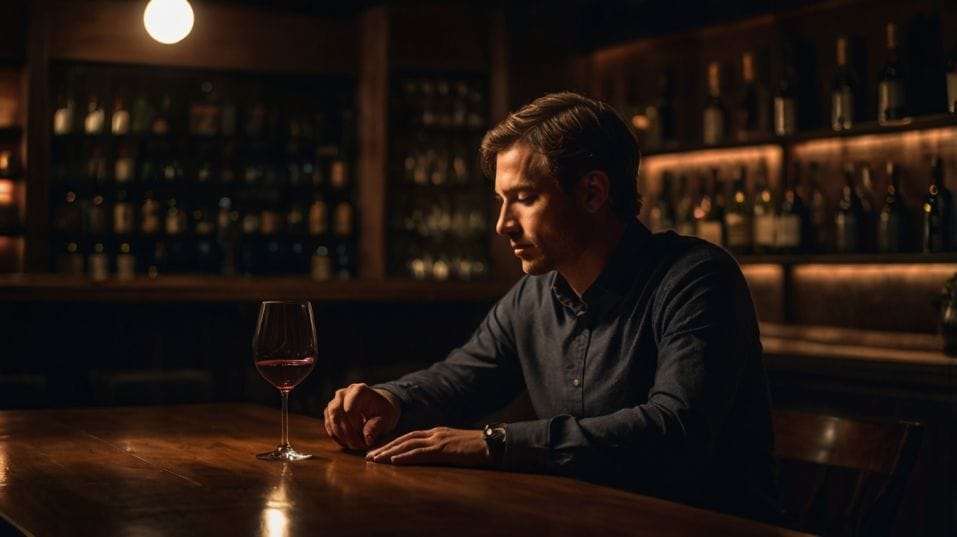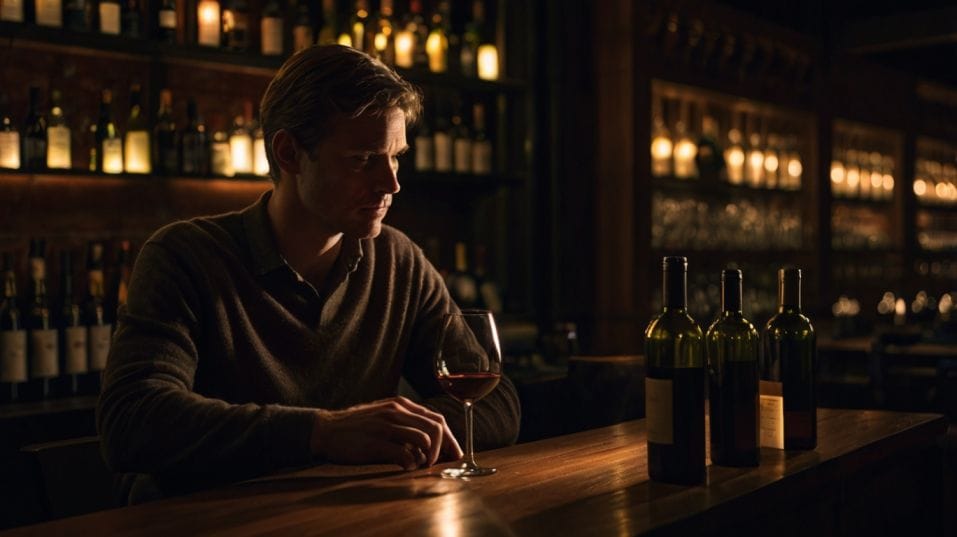What Is a Sommelier — and Do You Need to Be One?
Think you need to be a sommelier to drink like one? Think again. Learn how to taste, pair, and explore wine with skill—no test required.

Ever wonder if you need to be a sommelier to truly “get” wine? You don’t. Forget the fancy title and deep-pocket cellar. The truth is, anyone can learn to taste like a pro—no certification required.
If you're wine-curious and ready to move beyond guesswork, you're already on the path. With a little focus and curiosity, you can build real wine confidence—starting right where you are, one sip at a time.
The Role of a Sommelier—Stripped to the Essentials
Traditionally, a sommelier is a wine expert who works in restaurants, curating wine lists, managing cellars, and guiding guests to the right bottle based on what they’re eating—or even how they’re feeling.
That’s the formal version. But at its core, the job isn’t about status or taste-making. It’s about connection.
A sommelier helps you experience wine more fully, by listening carefully, reading the moment, and translating all that technical knowledge into something you can actually enjoy.
Behind the scenes, it takes serious dedication: blind tastings, regional theory, pairing mechanics, and high-pressure service. Sommeliers are trained to recognize not just flavor, but structure.
Not just grapes, but energy—how a wine moves, how it finishes, how it interacts with food and time. They learn to think about wine holistically: not just what it is, but what it does.
And while that skill set is refined in restaurants, it’s not limited to them. You can learn to read wine this way too—and you don’t need permission to start.

What a Sommelier Knows That You Can Learn
When most people start drinking wine seriously, the instinct is to focus on flavor: is it fruity or earthy? Smoky or spicy?
But a sommelier goes deeper. They’re trained to evaluate structure first—because structure is what shapes flavor, reveals quality, and guides pairing decisions.
Here’s what that means for you:
- Acidity: Does the wine make your mouth water? Acidity gives wine lift, freshness, and food-friendliness.
- Tannin: Do your gums feel grippy or dry? That’s tannin, a textural clue often found in reds and skin-contact whites.
- Body: Is it light like water, medium like milk, or full like cream? Body helps you understand the weight and presence of the wine.
- Balance: Are all the parts working together? Nothing too sharp, too heavy, or too flat?
This way of tasting helps you move past personal preference into understanding. You stop asking “Do I like this?” and start asking “Why does this taste the way it does?” That shift opens the door to real learning.
You Don’t Need a Test to Taste Like a Sommelier
Becoming a certified sommelier requires intense training—and for those working the floor or building a beverage career, it’s a worthy path.
But don’t confuse credentials with capability. Plenty of seasoned sommeliers will tell you their best lessons came outside the classroom.
You can build those same skills in your own kitchen, one bottle at a time. You just need to treat wine with more intention than entertainment. Start by tasting two wines side by side. Compare structure, not just taste.
Revisit the same wine over the course of a day or two. Notice how air changes aroma, how temperature shifts texture, how food reshapes the whole experience.
That kind of attention trains your palate faster than any book or quiz. Wine isn’t static—it evolves in the glass and on your tongue. When you start noticing those changes, you’re thinking like a sommelier.
Learning to Taste with Focus (Not Fear)
Many beginners feel intimidated by wine language—or paralyzed by the idea that they’re “doing it wrong.” But the best tasters aren’t the ones using the most elaborate metaphors. They’re the ones who are clear, consistent, and curious.
Use plain language. Say what you actually taste and feel, even if it’s not poetic. Try, “This feels sharp but juicy,” or “This smells like a dried flower I can’t name.” The more you describe what you notice, the better you get at noticing more.
Take notes. Not for the sake of building a spreadsheet, but to record patterns: what you like, what surprises you, what stays with you.
Look for common threads in wines that speak to you. Is it the brightness? The earthy depth? A savory edge that pulls you in? Over time, those preferences sharpen into insight—and that’s how sommeliers learn too.
Do You Need to Be a Sommelier?
Here’s the bottom line: no, you don’t. Unless you want to work in restaurants or sell wine professionally, becoming a certified sommelier isn’t a requirement—it’s a career choice.
But learning to think, taste, and serve like a sommelier? That’s for anyone who wants to drink with more confidence and curiosity.
You can learn the same principles, develop the same instincts, and speak the same language without chasing a diploma.
And the more you share what you’re learning with others—pouring thoughtfully, pairing with care, talking about wine without showing off—the more those skills matter.
Wine isn’t about proving what you know. It’s about what you notice. And what you choose to do with that awareness.
Final Thoughts: Drink Smarter, Taste Deeper, Share Better
You don’t need to wear a lapel pin to have a serious relationship with wine. What you need is a mindset: focus over flash, curiosity over comparison, generosity over ego.
Learn how structure works. Taste widely. Revisit the same bottles under different conditions. Talk about what you notice.
Pay more attention to what a wine does than what it’s called. That’s what sommeliers do. And you don’t need a title to start doing the same.
So tonight, open something unfamiliar. Pour slowly. Taste with intent. Invite someone into the experience with you. Your palate is your greatest wine tool—and it gets sharper every time you use it.




